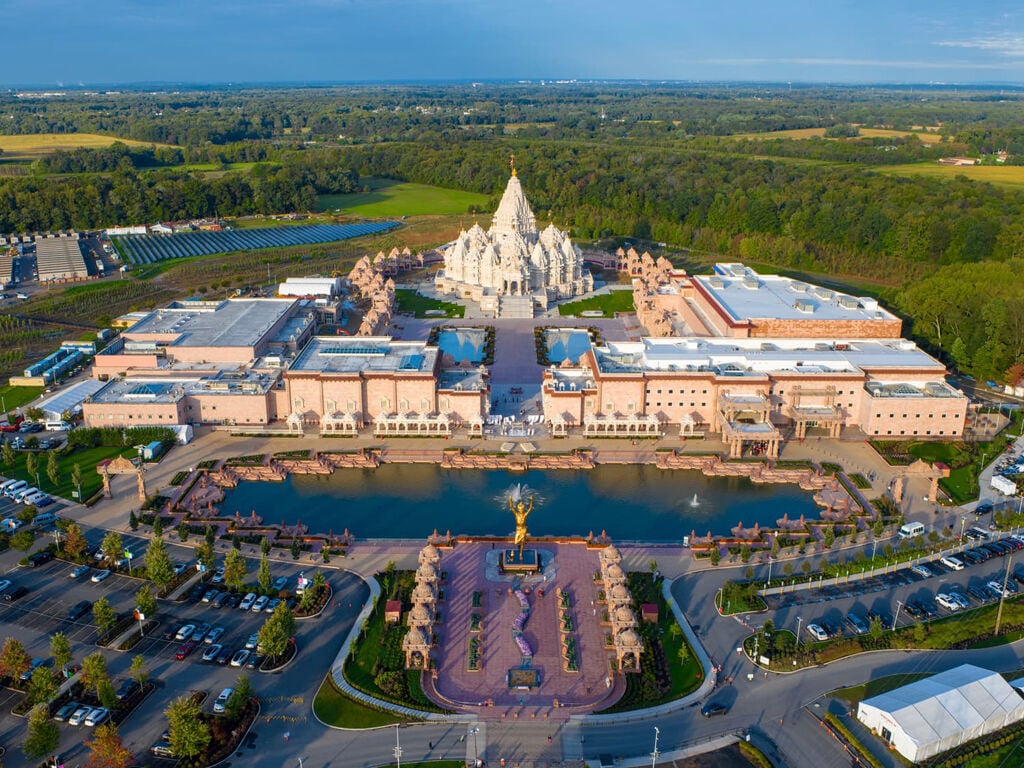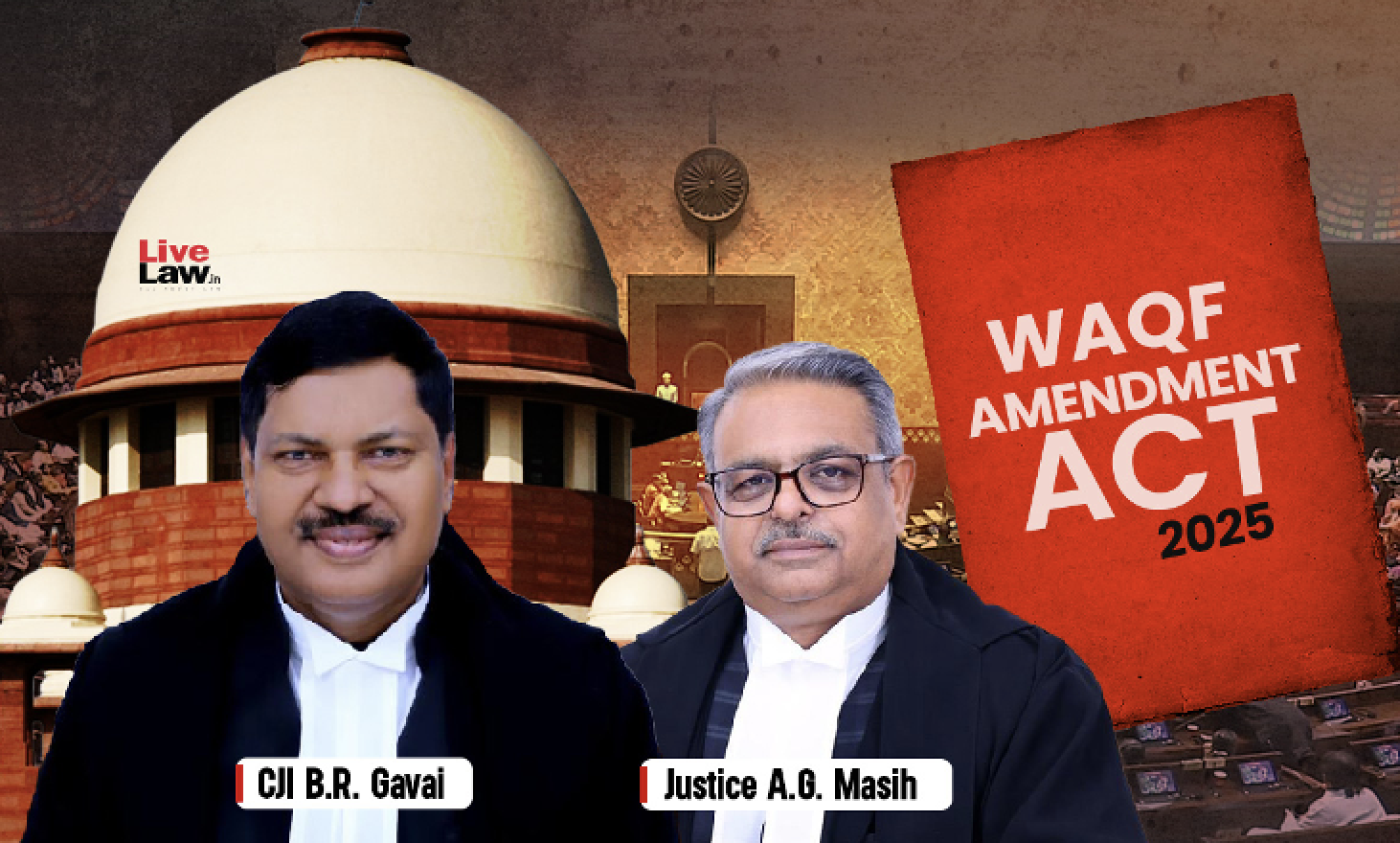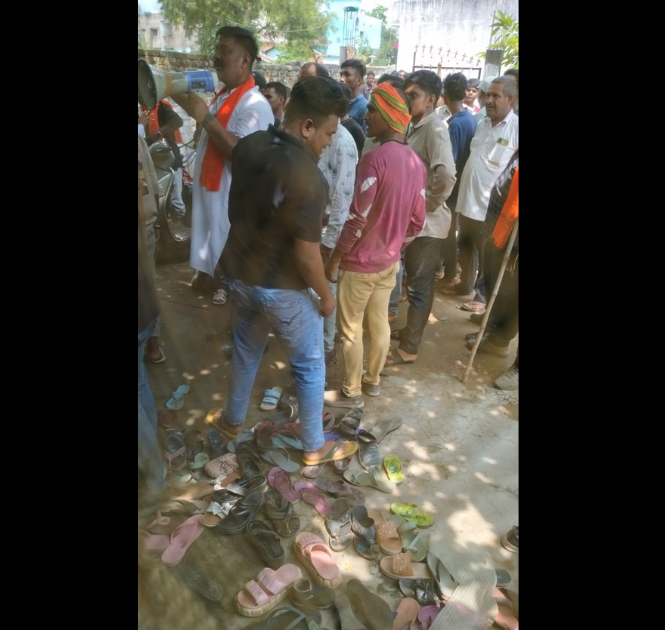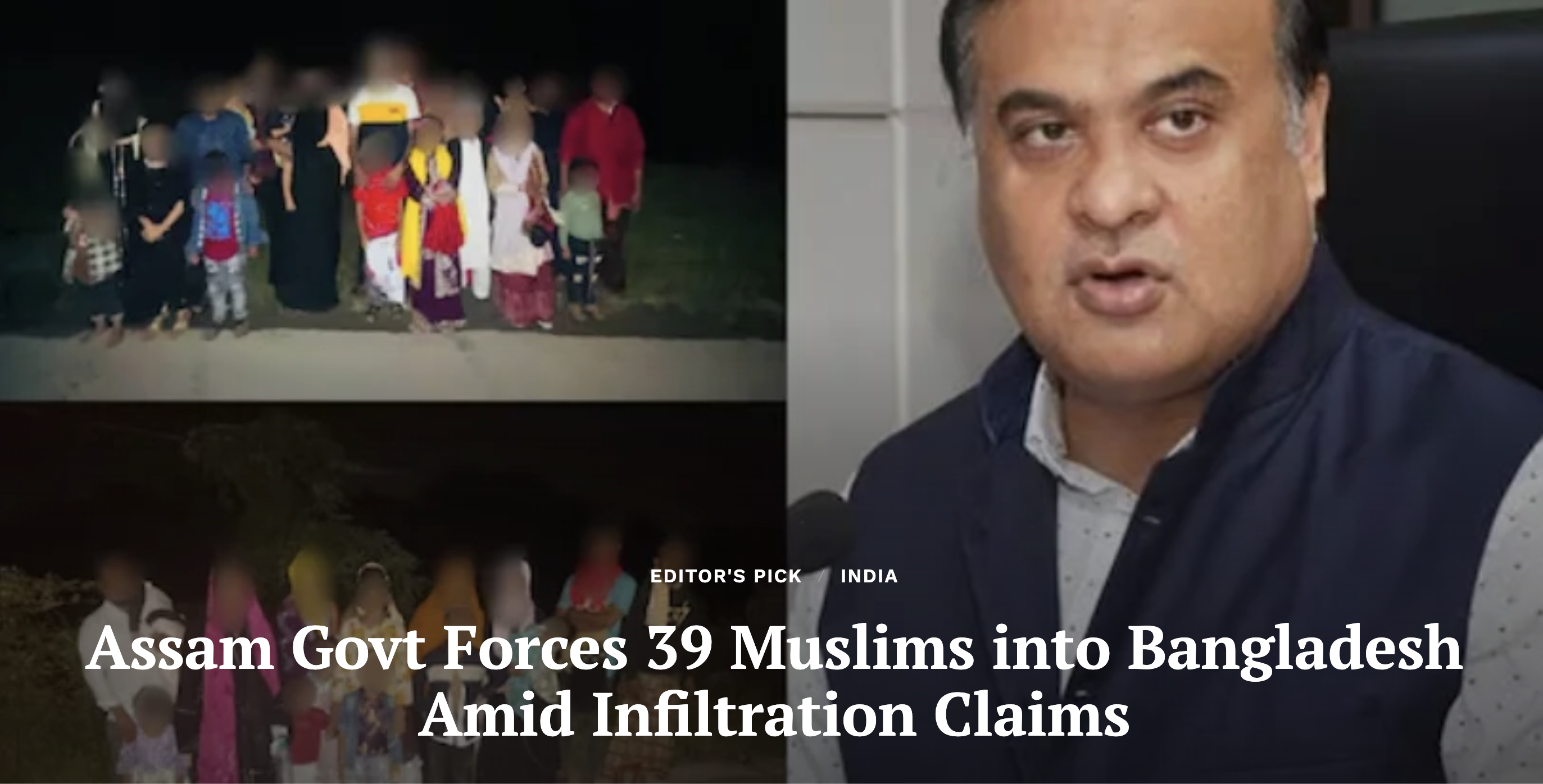
(Photo: Screenshot)
By SURAJ GOGOI / The Quint
The Nellie massacre should be called a genocide. The hatred with which over 2,000 people were killed on the fateful day of 18 February of 1983 fits every detail of a genocide. It was a targeted, planned, and preemptive assault on the Bengali Muslim community living in the Nellie area, located now in the Morigaon district of Assam. The majority of the victims were women and children.
How did they become a target? Bengali Muslim community and Bengalis, in general, were the primary objects of the anti-foreigner Assam Movement (1979-85). The Nellie genocide took place in the middle of this statewide agitation, which had a mass character. The leaders of the movement, which was assembled under a common name called the All Assam Gana Sangram Parishad, had sufficiently pushed the idea of the ‘foreigner’ among the masses.
Colonial framing of the migrants, particularly in the 1931 Census report on Assam written by CS Mullan, as ‘land-hungry’, ‘army of invaders’, and ‘scavengers’ added more ammunition to Assamese nationalist sentiments. At the same time, the report also reflects the Assamese anxieties of the migrant, which predates a century before Mullan wrote his report. Both of them ought to be read together.
A Whirlpool of Hate
In the sphere of literature, influential bodies such as the Assam Sahitya Sabha played a prominent role in both promoting and facilitating the demonisation of the migrant. If there is any doubt, one can read the presidential speeches of the Sahitya Sabha presidents, particularly from 1978 to 1982. Similar framing and demonisation of the migrant appear in most vernacular magazines, periodicals, newspapers, and other printed works in Assam. To name a few, Bahi, Awahan, Chetana, Deka Asom, and Asam Bandhu, all carried such sentiments.
The regional press and radio, too, have been, like vernacular literature, a megaphone of hate that profiled the migrant as a danger to Assam and Assamese. It colonised the mind of the Assamese to think of the migrant as a threat to their very survival.
Such an existing discourse about the migrant made it easy for the Assamese nationalist to give shape to and assemble the emotions that led to the Assam Movement. During the movement, the image of the migrant was further deepened, and more people were led to believe that Assamese culture, identity and land will suffer a demise at the hands of the migrant. It is from this wider historical vantage point one must read Nellie, for the potential to hate did not happen in 1983, but goes decades back.
Moreover, the Accord is a document stained with the blood of the minorities. It is casteist and lacks minimum respect and recognition for even its internal minorities – its tribal constituents. It is unequal to the very parts or multiple smaller linguistic, and religious communities that are part of Assam.
Was the Assam Movement Really ‘Non-Violent’?
It is in such a historical socio-political milieu we ought to consider Nellie. When we do that, it will appear that a section of Assamese, particularly the progressive and left-liberals, shifting the blame only on the Rashtriya Swayamsevak Sangh (RSS) for Nellie, is indulging in wishful thinking to keep the Assamese cause pure and unscathed. Nellie was seen as a stain on the non-violent claim of the Assam Movement. Assam was going to be very different after that.
The Accord and the recognition of the Movement later ensured that there will be another class of people who will have to either live under domination or have no choice, but leave. In a violent irony, the people behind the Nellie genocide became martyrs and the victims, forgotten and erased. To add salt to the wound, some of the tombstones of the victims of Nellie are marked in the Assamese language, when Bangla was their mother tongue, writes Uddipana Goswami in her book. Their forcefully shortened life is not sufficient for the nationalist to nourish their desires. Insults and domination continue even on their graves.
Nellie was also preemptive. It is an Assamese ethnocide. Makiko Kimura noted the following in an interview:
In other words, this fits the psychological profile of the killer that Sudhir Kakar describes in his book Colours of Violence. Kakar writes that that perpetrator anticipates a counter-attack from the victims whom they have already assaulted. But in the absence of any retaliation from the victim, which is clearly the Muslim Bengalis in Nellie, the attackers attack them again in fear. This very detail breaks the self-proclaimed “non-violent” character of the Assamese movement. The killers are not just Tiwas. As we can see, there are many killers and perpetrators of Nellie in Assam.
‘Controlled’ Dissent
The Assam Movement did not even produce a recognisable section of official dissenters. It is not a surprise that Nellie is forgotten. The lack of such dissenters tells us how ordered the public shear is in Assam. There is, of course, a negligible section of official dissenters now.
Such dissents are within the digestible limits of the Assamese rationality. Protests against the Citizenship (Amendment) Act (CAA) and the National Register of Citizens (NRC) by Assamese nationalists qualifies under such a profile of official dissenters. Caste Assamese middle class and these official dissenters are not “hopeless victims of colonisation”, as they would like you to believe. They lack empathy and minimum kindness towards minorities. This lack flows out in the form of graffiti, songs, books, cartoons, slogans, articles, and dossiers.
Forgotten, But Not Healed
Nellie with its bloodstained history might be closed and forgotten for the majority. Those wounds are yet to be healed or even attended to. New wounds are inflicted regularly, at times, new assaults are directed on the same wound. The NRC is one such wound that attacks the mental and physical attributes of a minority.
Given this blood-stained history, if anyone wants to study contemporary Assam and Assamese society, they should start with the stories of Moinul Haque, the 30-year-old man who was shot by police and thrashed and stomped upon to death during an eviction drive in Assam, and Hanif Khan, who died by suicide after he found his name missing from the first NRC draft. We have a responsibility to re-write and think about our history and culture with minorities’ sufferings of this century and the last. We need to commemorate the victims and their victimhood.
This article first appeared on thequint.com






